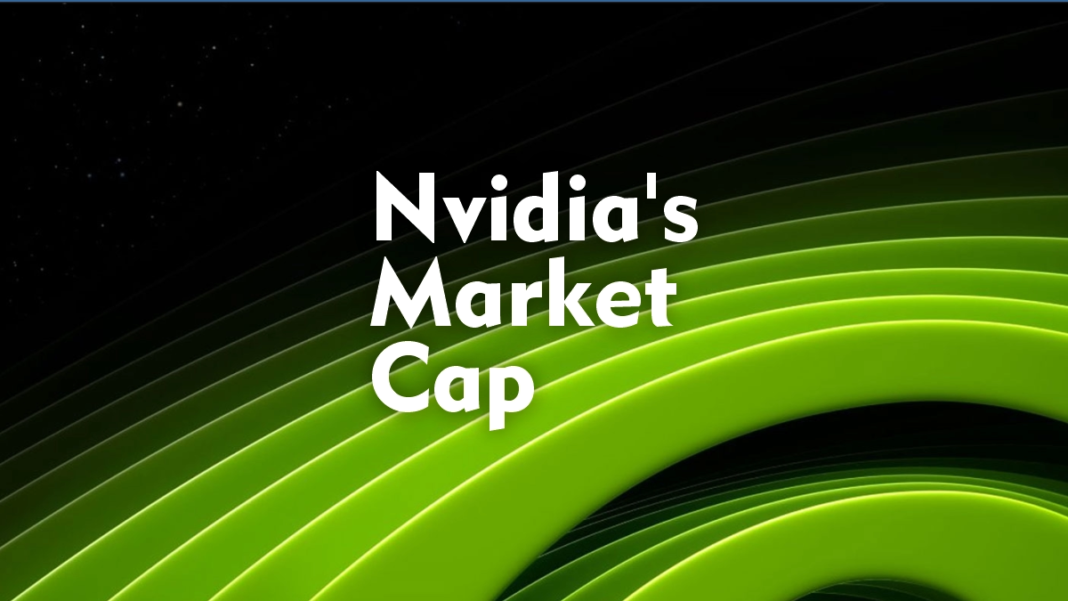In 2025, Nvidia’s market cap has surged past an astonishing $4.5 trillion, making it the most valuable publicly traded tech company in the world. Once known primarily for its graphics processing units (GPUs) powering video games, Nvidia has transformed into the backbone of the artificial intelligence (AI) revolution. This meteoric rise has not only redefined the semiconductor industry but also reshaped the global tech hierarchy.
The Rise of Nvidia: From Gaming to AI Infrastructure
Nvidia’s journey began in 1993 as a graphics chip manufacturer. For years, it was a household name among gamers, thanks to its GeForce GPU lineup. However, the company’s strategic pivot toward AI and high-performance computing (HPC) has been the true catalyst behind its exponential growth.
By 2025, Nvidia’s data center division-which now accounts for nearly 90% of its revenue-has become the company’s crown jewel. In Q2 FY2026 alone, Nvidia reported $46.7 billion in revenue, with $39.1 billion coming from data center sales, marking a 69% year-over-year increase. This shift reflects the global demand for AI infrastructure, where Nvidia’s GPUs are the gold standard. [cmsprime.com]
Nvidia’s Market Cap: A New Tech Titan Emerges
Nvidia’s market capitalization has grown from $750 billion in May 2023 to over $4.53 trillion by October 2025. This represents an 804,000% increase since its IPO in 1999. The company’s stock price has skyrocketed over 1,000% since January 2023, driven by the AI boom and Nvidia’s dominance in the sector. [electroiq.com] [stockanalysis.com]
This valuation places Nvidia ahead of tech giants like Apple, Microsoft, and Alphabet. In fact, Nvidia’s worth now exceeds the combined market caps of Amazon, Walmart, and Costco. The company’s forward P/E ratio of 37x is considered high, but analysts argue it’s justified by Nvidia’s 40% three-year revenue CAGR and unmatched 78% gross margins, compared to AMD’s 51% and Intel’s sub-40%. [electroiq.com] [cmsprime.com]
Competitive Landscape: Can Anyone Catch Nvidia?
In the semiconductor industry, Nvidia commands a 49.23% market share, dwarfing competitors like Broadcom (17.86%), Intel (15.81%), and AMD (8.52%). In the discrete GPU market, Nvidia holds a staggering 94% share, with AMD trailing at just 6% and Intel nearly absent. [csimarket.com] [finance.yahoo.com]
While AMD’s MI350X offers a 1.4x performance-per-watt advantage over Nvidia’s Hopper H100, it still relies on the same oversold HBM3e supply chain. Intel’s Gaudi 3 chips, though cost-effective, lag in software ecosystem maturity. Nvidia’s CUDA platform, NVLink, and BlueField-3 DPUs create a deep moat that competitors struggle to cross. [cmsprime.com]
Financial Performance: Record-Breaking Growth
Nvidia’s financials in 2025 are nothing short of extraordinary:
- Annual revenue: $130.5 billion (up 114% YoY) [nvidianews…nvidia.com]
- Net income: $72.9 billion (up 145% YoY)
- Earnings per share (EPS): $11.93 in 2024, a 585.6% increase from 2023 [electroiq.com]
- Operating margin: 52%
- R&D spending: $12.9 billion (~12% of revenue)
- Institutional ownership: 71.5%
These numbers reflect not just growth but operational excellence. Nvidia’s revenue per employee stands at $4.1 million, with profits of $2.1 million per employee-figures that outshine most Fortune 500 companies. [electroiq.com]
The Future of Tech Dominance: AI, Robotics, and Beyond
Nvidia’s ambitions extend far beyond data centers. In 2025, the company unveiled Isaac GR00T, a humanoid robot foundation model, and GR00T-Dreams, a synthetic motion data platform. These innovations signal Nvidia’s intent to dominate physical AI and robotics, potentially unlocking new trillion-dollar markets. [cmsprime.com]
Moreover, Nvidia’s Omniverse Cloud and Blackwell GPU architecture are enabling real-time simulation and edge inference, critical for autonomous vehicles, smart factories, and healthcare bots. With strategic partnerships across cloud providers like AWS, Microsoft Azure, and Google Cloud, Nvidia is embedding itself deeper into the digital infrastructure of the future.
Conclusion: Nvidia’s Reflexive Growth Loop
Nvidia’s rise is not just a story of technological innovation-it’s a case study in strategic foresight, ecosystem control, and market timing. As AI becomes the new electricity, Nvidia is positioning itself as the utility provider of the digital age.
As Jensen Huang, Nvidia’s visionary CEO, aptly put it:
“AI is advancing at light speed… setting the stage for the next wave of AI to revolutionize the largest industries.” [nvidianews…nvidia.com]
With demand for AI infrastructure compounding and supply remaining constrained, Nvidia’s market cap may still have room to grow. The question is no longer whether Nvidia will lead the future of tech-it’s how far ahead it will pull.
People Also Asked
What is Nvidia’s current market cap in 2025?
As of October 2025, Nvidia’s market cap stands at approximately $4.53 trillion, making it the most valuable tech company globally. [stockanalysis.com]
Why has Nvidia’s market cap grown so rapidly?
Nvidia’s explosive growth is driven by its dominance in AI chips, particularly in data centers, where it holds over 90% of the discrete GPU market. Strategic partnerships and unmatched software ecosystems like CUDA have further fueled its rise. [electroiq.com]
Can Nvidia maintain its tech dominance?
Analysts believe Nvidia’s dominance is sustainable due to its deep software integration, high margins, and continued innovation in AI, robotics, and edge computing. However, competition from AMD, Intel, and in-house chips from cloud providers remains a long-term challenge. [cmsprime.com]
Is Nvidia stock still a good investment in 2025?
With a consensus price target of $222.23 and a current price of around $191.49, analysts forecast a 16% upside. Most rate it a “Buy,” citing strong fundamentals and growth potential. [marketbeat.com]


